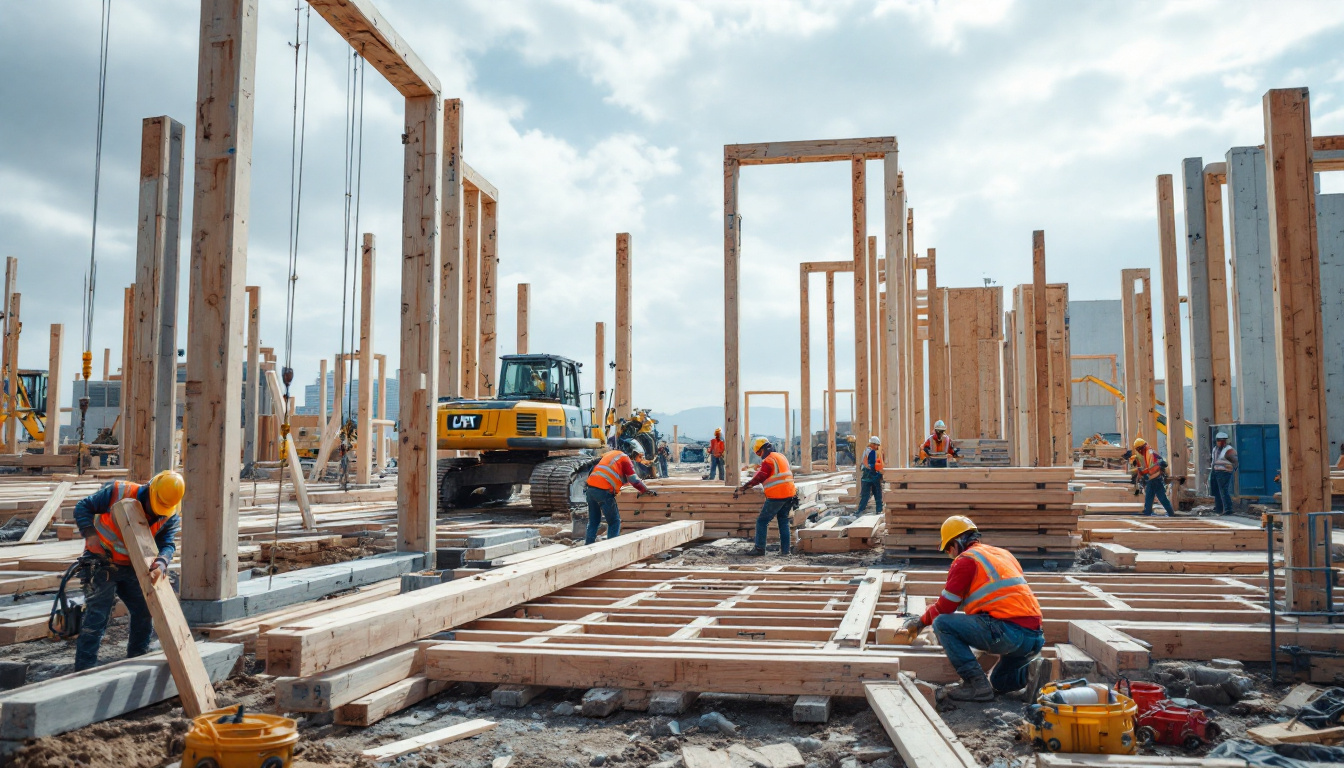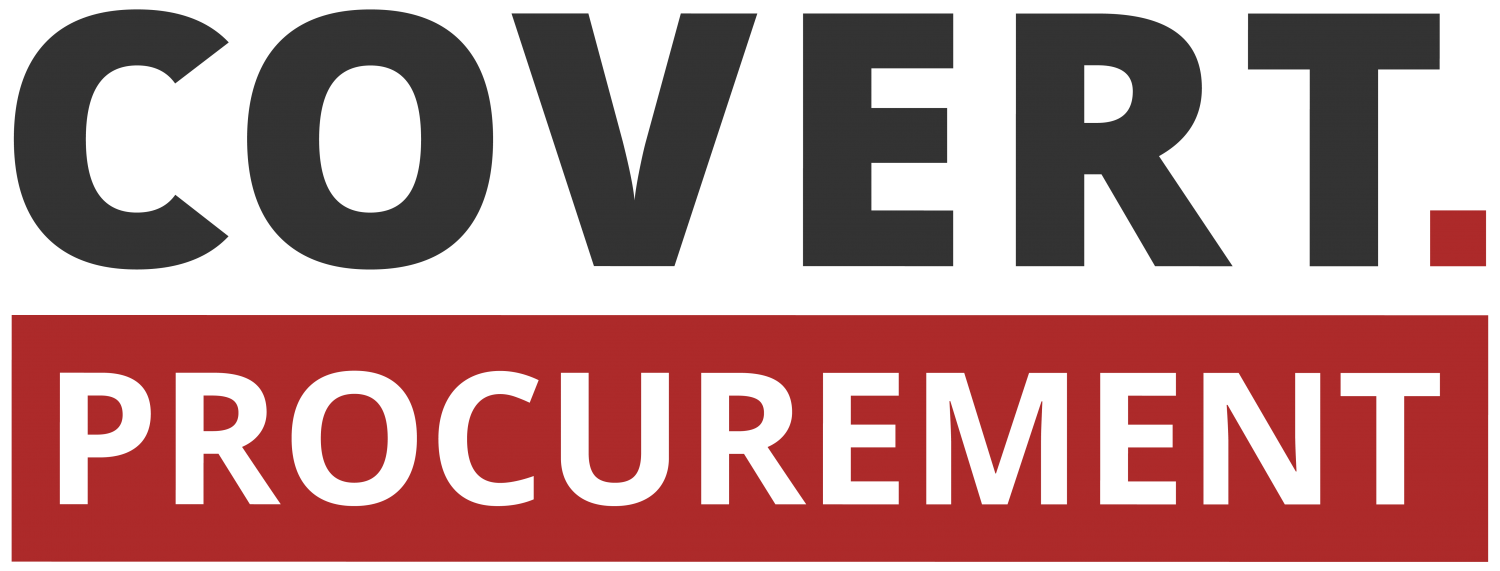In the construction industry, the choice of materials and methods can significantly impact the efficiency and quality of a project. Laminated Veneer Lumber, or LVL Formwork, has emerged as a popular choice for formwork applications, both vertical and horizontal. This engineered wood product offers a range of advantages that make it suitable for various construction needs. This article delves into the benefits of using LVL formwork, its applications, and the reasons it has become a preferred option among builders and contractors in Australia.
Introduction to Formwork
Formwork is a crucial component in the concrete form work industry, providing a mould for concrete to be poured into and set. Structural laminated veneer lumber (LVL) has become a popular choice for formwork due to its exceptional strength, durability, and resistance to warping. Laminated veneer lumber is manufactured from multiple layers of wood, peeled and bonded together to create a strong and stable product.
Formwork LVL is versatile and used in a variety of applications, including edge boards, joists, and beams. It is available in a range of sizes to suit different project requirements, making it a flexible option for builders. The use of LVL in formwork offers a cost-effective and environmentally responsible alternative to traditional materials such as steel. Its resistance to corrosive environments further enhances its suitability for concrete form work applications.
In Australia, LVL is widely used in the construction industry, particularly in the formwork sector. The production of LVL involves sustainably sourced wood, such as pine, which is peeled and bonded together to create the final product. The resulting LVL product is strong, straight, and resistant to warping, making it an ideal choice for structural applications. Additionally, LVL is certified to meet Australian standards, ensuring it is a reliable and durable choice for formwork applications.
Understanding LVL Formwork
Laminated Veneer Lumber (LVL) is manufactured by bonding together thin layers of wood veneers with adhesives under heat and pressure. This process results in a strong, stable, and uniform product that is less prone to warping or splitting compared to traditional timber. The characteristics of LVL make it an ideal choice for formwork, which is essential for shaping and supporting concrete during its curing process.
Key Properties of LVL
One of the primary advantages of LVL is its high strength-to-weight ratio. LVL is manufactured by bonding together thin sheets of wood veneers, which allows for the construction of formwork that is both lightweight and robust, facilitating easier handling and installation. Additionally, LVL is engineered to resist deformation, ensuring that the formwork maintains its shape throughout the concrete pouring and curing stages.
Another significant property is its moisture resistance. Unlike conventional timber, LVL is less affected by changes in humidity, which can lead to dimensional changes and potential structural issues. This stability is crucial in maintaining the integrity of formwork, especially in environments where moisture levels fluctuate. Furthermore, LVL’s consistent quality means that builders can rely on it to perform predictably, reducing the risk of costly delays or failures during construction.
Environmental Considerations and Moisture Protection
In today’s construction landscape, sustainability is a key consideration. LVL formwork timber is often sourced from sustainably managed forests, making it a more environmentally friendly option compared to other materials. The production process of LVL also generates less waste, as it utilises smaller, fast-growing trees that might not be suitable for traditional lumber. This makes LVL an attractive choice for builders looking to minimise their environmental footprint.
Moreover, the use of LVL can contribute to energy efficiency in construction projects. Because it is manufactured using adhesives that can be formulated to be low in volatile organic compounds (VOCs), LVL can help improve indoor air quality. This is particularly beneficial in residential and commercial buildings where occupants spend significant amounts of time. The longevity and durability of LVL also mean that structures built with this material may require less maintenance and fewer resources over time, further enhancing its appeal as a sustainable building option.
Specifications and Requirements
Formwork LVL is available in a range of sizes, from 95 x 45mm to 150 x 75mm, to suit different project requirements. It is manufactured to meet Australian standards, including AS/NZS 4357, ensuring it is a strong and durable product. The colour-coded end sections of LVL products make it easy to identify different lengths and sizes, while the bright orange paint provides moisture protection and makes the LVL easily identifiable on site.
When using LVL in formwork applications, it is essential to consider the structural requirements of the project, including the load-bearing capacity of the LVL. LVL is suitable for a range of structural applications, including bearers, joists, and edge boards. The production of LVL involves bonding multiple layers of wood together to create a strong and stable product, resistant to warping and twisting.
The weight of LVL is significantly less than that of steel, making it easier to handle and install on site. This lightweight nature, combined with its strength, makes LVL a practical choice for formwork applications. Additionally, LVL is a certified product, ensuring it meets the required standards for use in formwork applications.
Applications of LVL Formwork in Structural Applications
LVL formwork is versatile and can be used in various applications, both vertical and horizontal. Understanding where and how to use LVL effectively can lead to enhanced project outcomes and greater efficiency.
LVL can be used for various structural components, including soldiers, joists, and bearers.
Vertical Formwork Applications
In vertical formwork applications, LVL is commonly used for walls, columns, and other upright structures. Its strength and stability make it suitable for supporting the weight of wet concrete during the curing process. Builders often choose LVL for its ability to maintain precise dimensions, which is essential for achieving the desired architectural finishes.
Moreover, the lightweight nature of LVL allows for easier assembly and disassembly of formwork systems. This not only speeds up the construction process but also reduces labour costs, making LVL an economically viable option for vertical applications. Furthermore, the engineered nature of LVL means that it can be produced in longer lengths than traditional timber, minimising the number of joints and potential weak points in the formwork. This characteristic is particularly beneficial in high-rise construction, where structural integrity is critical.
Horizontal Formwork Applications
When it comes to horizontal formwork, LVL is frequently employed in the construction of slabs, beams, and decks. The material’s high load-bearing capacity ensures that it can support the weight of concrete without sagging or deforming. This reliability is crucial, particularly in large-scale projects where precision and safety are paramount.
Additionally, LVL can be customised to fit specific project requirements, allowing for flexibility in design. Builders can create formwork that meets the unique dimensions and specifications of each project, further enhancing the efficiency of the construction process. The adaptability of LVL also extends to its compatibility with various concrete mixes and curing methods, making it a preferred choice for contractors looking to optimise their workflow. Moreover, the smooth surface of LVL can contribute to a better finish on the concrete, reducing the need for extensive post-pour treatment and allowing for quicker project turnaround times.
Advantages of Using LVL Formwork
Utilising LVL for formwork applications comes with a multitude of benefits that can significantly enhance construction projects. From improved efficiency to cost savings, the advantages are compelling.
Having a large stock of LVL products ensures availability and timely delivery for construction projects.

Enhanced Durability
One of the standout features of LVL formwork timber is its durability. Unlike traditional timber, which can be susceptible to rot, insect damage, and warping, LVL is engineered for longevity. This durability translates to fewer replacements and repairs over the lifespan of the formwork, ultimately leading to cost savings for contractors.
Cost-Effectiveness
While the initial investment in LVL formwork may be higher than conventional timber, the long-term savings can be substantial. The reduced need for maintenance and the ability to reuse LVL formwork multiple times can offset the upfront costs. Furthermore, the speed of installation and the reduced labour requirements contribute to overall project cost efficiency.
Improved Safety
Safety is a paramount concern in construction, and the use of LVL formwork can enhance site safety. Its lightweight nature allows for easier handling, reducing the risk of injury during installation and removal. Additionally, the stability of LVL means less likelihood of formwork failure during the concrete pouring process, further safeguarding workers on site.
Installation and Handling of LVL Formwork
Proper installation and handling of LVL formwork are crucial to maximising its benefits. Understanding the best practices can lead to smoother operations and better project outcomes. LVL products are often painted bright orange for easy identification on site.
Preparation and Planning
Before beginning the installation of LVL formwork, thorough planning is essential. This includes assessing the specific requirements of the project, such as load capacities and dimensions. Properly preparing the site and ensuring that all necessary materials and tools are on hand can streamline the installation process.
Assembly Techniques
When assembling LVL formwork, it is important to follow manufacturer guidelines to ensure structural integrity. Utilising appropriate fastening techniques and ensuring that all joints are secure will help maintain the stability of the formwork during concrete pouring. Additionally, using bracing can further enhance the strength of the formwork, particularly in taller vertical applications.
Maintenance and Reusability
One of the key benefits of LVL formwork is its reusability. After the concrete has cured, careful disassembly and cleaning of the formwork can prepare it for future use. Regular inspections for any signs of damage or wear will ensure that the formwork remains in optimal condition for subsequent projects.
Storage
To ensure the longevity of LVL products, it is essential to store them in a dry, well-ventilated area. LVL should be protected from direct sunlight and moisture, which can cause damage to the product. Regular inspection and maintenance of LVL products can help prevent damage and extend their lifespan.
LVL should be stored in a way that prevents it from coming into contact with other materials that may damage it. The use of LVL in formwork applications requires careful consideration of the storage and handling requirements of the product. While LVL is durable, it can be damaged if not stored and handled properly.
The storage of LVL products should be in accordance with the manufacturer’s instructions to ensure they remain in good condition. LVL products should be kept away from corrosive environments, which can cause damage. Regular cleaning and maintenance of LVL products can help prevent the growth of mold and mildew. With proper care and maintenance, LVL products can be reused multiple times, making them a cost-effective choice for formwork applications.
Conclusion
The use of LVL formwork in both vertical and horizontal applications offers numerous advantages that can enhance construction efficiency, safety, and sustainability. Its unique properties, such as high strength, moisture resistance, and environmental friendliness, make it a preferred choice among builders and contractors in Australia.
As the construction industry continues to evolve, the demand for innovative materials like LVL will likely grow. By embracing LVL formwork, builders can not only improve their project outcomes but also contribute to a more sustainable future in construction.
In summary,LVL formwork stands out as a reliable and effective solution for modern construction needs. Its versatility and performance characteristics make it a valuable asset in the construction toolkit, paving the way for safer, more efficient building practices.

